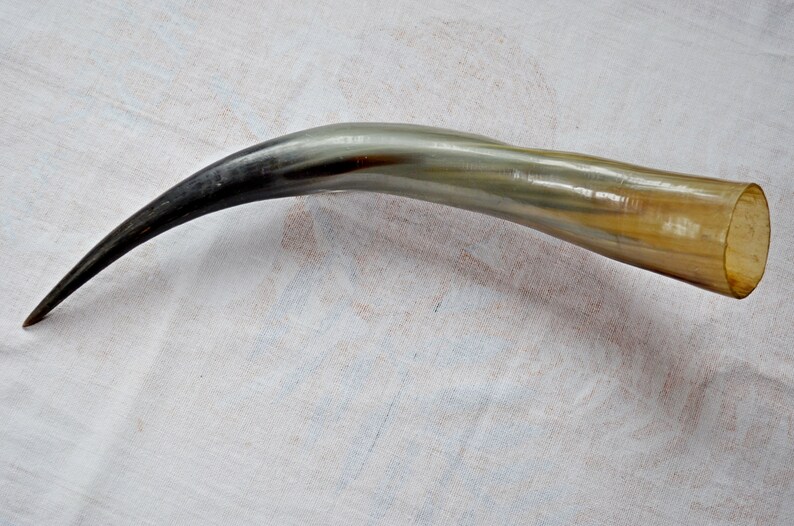
"A Hereford or Angus probably couldn't handle surviving in this heat," he said. Their 40 head of cattle graze under moss-draped oaks, as Nina, a brown-and-white Spaniel, romps in the pasture.Ĭlark Bailey appreciates how low-maintenance the Crackers are.
#Golf cart cow horns cracker#
Today, her son Clark Bailey raises the Cracker Cattle and other animals, one of about three-dozen farmers who own Cracker Cattle in the state.īailey has one of the only ranches left in an area swaddled with housing subdivisions. "Shoo, shoo," said Bailey, who is 86 and started the ranch along the Julington Creek in 1960 with her late husband. On a recent day at the northeast Florida ranch of Sarah Bailey, a brown-and-white speckled cow ran briskly beside Bailey's golf cart and nudged at the cart's side with its horns as she showed a visitor around the Cracker Cattle herd. William Broussard, who owns the state's largest Cracker Cattle herd at his ranch in St. At one point in the mid-17th century, more than 20,000 head of Spanish cattle were counted in a census for that country's tax collectors."At one point, they ran feral in Florida, well into the '40s," said Dr. Over the centuries, cattle thrived in Florida. Soon after, Jesuit and Franciscan friars began large-scale ranching, said Broussard, who is a 10th-generation cattleman whose family raised cattle in Louisiana.īroussard says the meat from the animals is tasty and low in fat and high in Omega-3 fatty acids due to the fact that they graze on grass, not corn. Augustine was founded in 1565, some 200 calves were shipped there to help feed soldiers. Similar events happened on Florida's Panhandle in 1540, and when St. They are believed to have run wild into the swamps around de Leon's landing site south of present-day Fort Myers, according to Stephen Monroe, Florida's Cracker Cattle expert for the Department of Agriculture. Historians say de Leon brought a small herd of Andalusian cattle from Spain with him, but when the Calusa Indians forced de Leon back to his ship, the cattle didn't follow. There's also a renewed interest in the cattle due to the state's celebration of its 500th anniversary.Īlthough the cattle did not arrive on Florida shores during the Spanish explorer's first voyage in 1513, they were brought by de Leon on his second voyage.


"At one point, they ran feral in Florida, well into the forties," said Dr.
#Golf cart cow horns cracked#
They were dubbed "Cracker" cattle after the nickname for the state's earliest settlers who cracked whips to drive the cows. They seem to be made for Florida's harsh terrain: they thrive on low-quality grass and in hot, humid and swampy climates. While little-known outside the Sunshine State, ranchers say the cattle are experiencing a renaissance of sorts in Florida, mostly because the animals are easy to care for and less expensive to maintain than other breeds.

Known as Cracker Cattle, they are descendants of animals that arrived in Florida with Spanish explorer Juan Ponce de Leon in 1521. An ancient and hearty breed of cattle from Florida could be your next healthy meal.


 0 kommentar(er)
0 kommentar(er)
